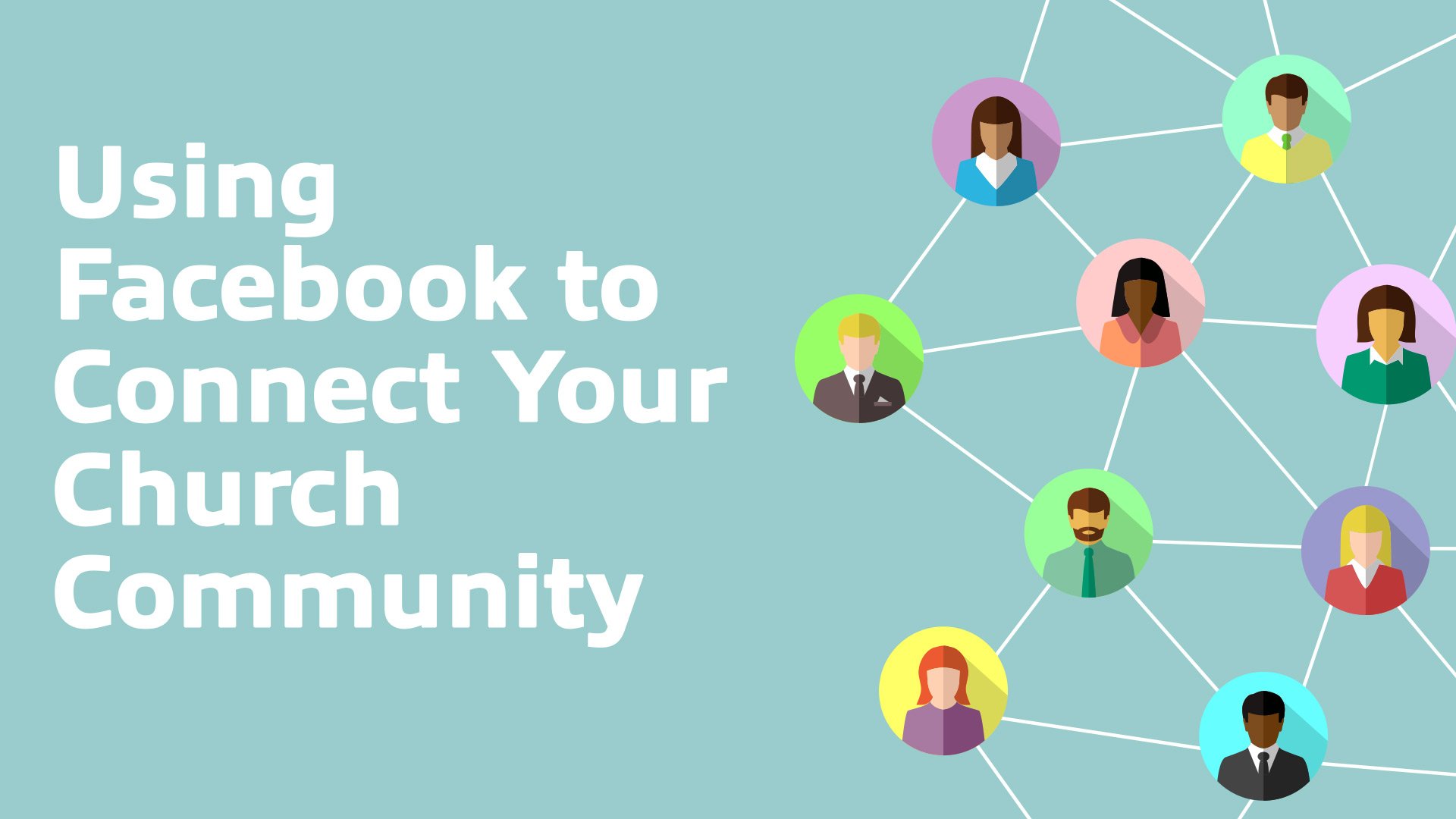
These days, it seems like social media is better known for its penchant to divide people rather than bring them together. While we’ve likely experienced something along these lines in the past few years, hidden below the divisive rubble is a tool for connection.
“People go on social media because they’re seeking connection,” Seth Hinz, Director of the Marketing and Creative department at Pathfinder Church in Ellisville, Missouri, said in an interview on the Mission Field: USA podcast.
With various service options available (different times and days, in-person and online) and full schedules, building and nurturing connections between church members can be challenging. With so many members on social media, churches have an opportunity to leverage these platforms in ways that move toward the goal of connection.
What's Your Mission?
First, it's always important that new (and existing) endeavors flow from your church’s mission. Does this support or distract from the focus of your ministry in a particular place and time? If the answer moves you toward using social media as a means to connect with both in-person and online members, it’s time to decide on the “what” and “how.”
Second, all the social media platforms to choose from, knowing your audience is key. For the purposes of this post, we’ll focus on Facebook, as it has features specifically designed for conversation and community building.
Facebook Pages
Facebook Pages and Groups can each be used to foster connection. Pages are more outward facing, and the audience is typically a combination of those who are already connected to your congregation and those who are not (yet). Consider the ways your church connects with other worshippers in-person. Many of these concepts may also apply to online worship services.
For example, many congregations recruit greeters and ushers to welcome and assist people as they arrive for worship and throughout the service. Do the same for worship services online! Use a worship livestream or premiere on a Facebook page to connect with online members of your community. Train and equip an online welcome team to greet those participating from home, provide direction to digital worship materials like a bulletin PDF, answer or respond to questions, and just generally “be there" in the comments section of the livestream.
Think of this team as “boots on the ground” for the services you broadcast on social media. Since these folks are in the thick of it, reading through and engaging with commenters, they are able to report back to pastors and lay leaders with any prayer requests, questions or concerns raised, items of thanksgiving, or anything else that needs follow up.
Facebook Groups
Facebook Group audiences are generally made up of members or those who are somehow connected to your church.
After weekend services and often during the week, congregations offer time for fellowship and faith nurturing. When churches tap into opportunities to connect with members via social media, they are looking at not only how people connect to a church and its leadership but also with one another. This is especially powerful in Facebook groups. Churches can create discussion threads, provide resource materials to equip members, and even have a bit of fun. Group members can also create posts and share content.
Setting and enforcing community guidelines is a must in Facebook groups. These expectations not only keep things on topic and reinforce goals or the purpose of the group, but also maintain a safe space for your members. Facebook provides several features to help with this endeavor.
Groups can be made public or private. I would highly recommend church groups be set to private (keep your Facebook page as the public presence on the platform). Individuals must request to join private groups, so you can weed out blatant spammers or those you know are not connected to your church’s community. Use membership questions as another filter for admitting new members to the group. Facebook allows group administrators to ask potential members to answer one or more questions to verify that the user is indeed real and agrees to abide by the group rules (which are outlined in this process).
Posting Content in Facebook Groups
Once members are in the group, get to know them. Create a welcome or introduction post encouraging people to introduce themselves, share their connection to your congregation, and tell the group about their favorite local restaurant or place to explore. Have a plan for the content you share and create with engagement in mind. Start conversations instead of merely sharing information. Provide a space for conversation among members.
It’s helpful to establish a regular rhythm of posts or content. Think prayer requests, extra insight and discussion on the week’s Scripture readings, background on the hymns or songs from the worship service, community outreach focus, or any number of topics relevant to your congregation. Simple prompts like “Tell us something good about your day or week!” or “How can we pray for you?” can be very effective. Tap into key analytics (in the admin tools) to see what’s gaining the most traction and leverage that insight as you seek to connect.
Once content is posted, don’t forget to engage and respond. The best way to make sure this happens is to schedule it into your day or week. In addition, enlist active and trustworthy group members as moderators who can make connections, promote engagement, and when necessary, remind members of the community guidelines they agreed to when joining the Facebook group.
As Hinz said, people log on to social media looking for connection. Let’s meet them there, sharing the life-giving Word of God, providing a point of connection to the Body of Jesus Christ, and nurturing this meaningful gift of community!
Learn more about using Facebook to reach the greater community by watching a presentation by Peter Frank. Click the button below to get started.
























